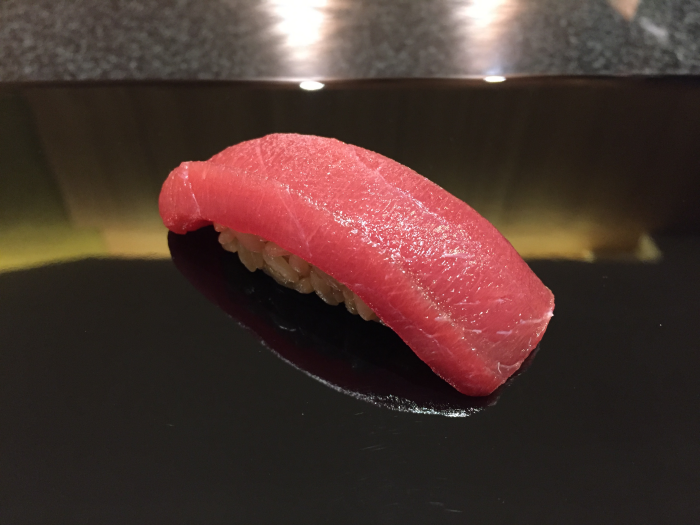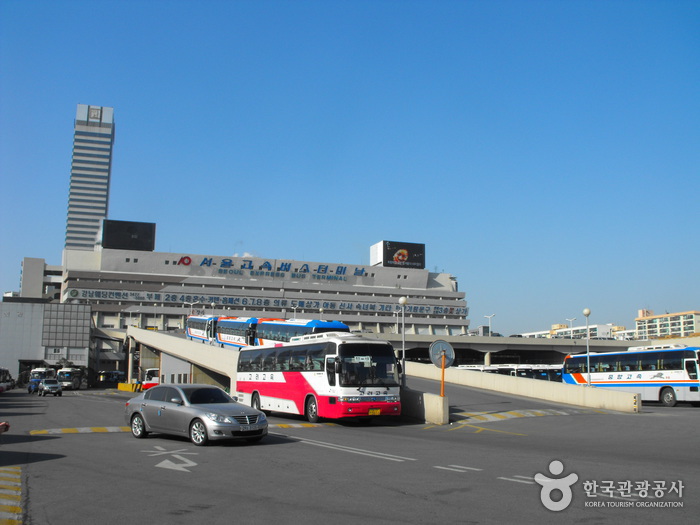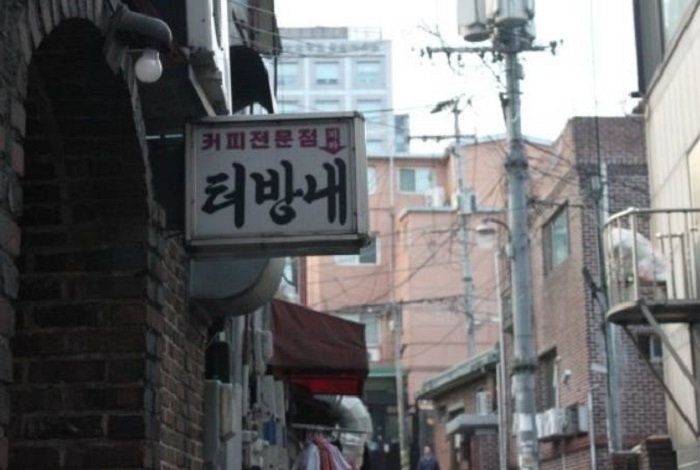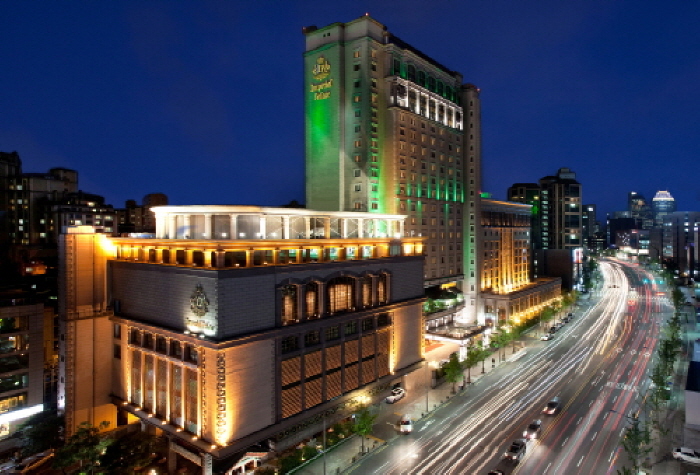Sushi Kaisin (스시 카이신(鮨海信))
7.9Km 2019-11-23
12, Dosan-daero 100-gil, Gangnam-gu, Seoul
+82-2-515-9855
Sushi Kaisin is a luxurious sushi restaruant owned by Japanese Chef Kyousuke Sato. Chef Sato gained much knowledge about seafood through his working experience at fisheries market and two years of experience as a fisher. After building his career as a chef by working at top-notch sushi restaurants and five-star hotels in Japan, Chef Sato opened his very own sushi restaurant in Cheongdam-dong, Seoul in 2017. Fresh ingredients carefully selected and brought in from Jeju Island are prepared into an authentic Edomae sushi through Chef Sato's unique techniques. Although the restaurant is small, allowing up to only six customers at the counter table, Chef Sato ensures that the excellent food and service quality remain consistent as the chef personally tends to every aspect of the restaurant, from selection of ingredients and food preparation to customer service. Chef Sato is able to provide menu explanations and engage in friendly conversations with customers in fluent Japanese, Korean, and English due to his broad experience and expertise from traveling and working over the past years. Reservation is advised due to limited seating.
Kensington Hotel Yeouido (켄싱턴호텔 여의도 (구. 렉싱턴호텔))
7.9Km 2021-02-17
16, Gukhoe-daero 76-gil, Yeongdeungpo-gu, Seoul
+82-2-6670-7100
Lexington Hotel is New York-themed hotel named after Lexington Avenue, one of the three major streets of New York City. Located in the center of Yeouido, considered the ‘Manhattan of Seoul,’ Lexington Hotel is in close proximity to the Hangang River, the National Assembly Building, broadcasting agencies and the Korea Stock Exchange and is 20 minutes from the Gimpo International Airport. The renovated hotel has 223 guestrooms and subsidiary facilities allowing guests to have a comfortable stay.
Terminal des bus express de Séoul (ligne Gyeongbu/Yeongdong) 서울고속버스터미널 (경부/영동)
7.9Km 2018-10-16
19-4 Banpo4-dong Seocho-gu Seoul-si
+82-1688-4700
Ouvert en Octobre 1981, ce terminal est situé vers Banpo-dong dans l’arrondissement de Seochu à Séoul. Il est accessible par trois lignes de métro (3, 7 et 9) et propose une large gamme de magasins (distributeurs au détail et en gros spécialisés dans le pret-à-porter, fournisseurs de fenêtres, fleuristes, etc). Au sein de ce grand établissement, souvent référencé sous le nom de « Terminal de Gangnam », se trouve le Terminal Urbain Central fournissant un service d’autocars de Séoul jusqu’aux autres villes.
Teobangnae (터방내)
7.9Km 2021-03-30
101-7, Heukseok-ro, Dongjak-gu, Seoul
+82-2-813-4434
It is an old store that opened in 1983. This cafe is located in Dongjak-gu, Seoul. The representative menu is coffee.
Imperial Palace Hotel (임페리얼 팰리스 호텔)
7.9Km 2021-04-02
640, Eonju-ro, Gangnam-gu, Seoul
+82-2-3440-8000
Imperial Palace Hotel first opened on September 18, 1989, starting as a deluxe hotel and becoming a superior deluxe hotel after 10 years in June 1999. The hotel has remained the pride of the Korean hotel industry thanks to its effective management and improving domestic capital. In 2005, it carried out a large-scale remodeling project to enlarge its size to resemble luxurious European hotels, including a large-sized lobby, convention center that can accommodate over 1,000 visitors, classical wedding hall, and 405 guestrooms. The hotel is part of a chain, along with Imperial Palace Boutique Hotel in Itaewon and Imperial Palace Hotel – Fukuoka in Japan.
Forteresse Bukhansanseong (북한산성)
7.9Km 2020-04-28
375, Daeseomun-gil, Deogyang-gu, Goyang-si, Gyeonggi-do
+82-31-968-5325
La Forteresse Bukhansanseong se situe dans le parc national de Bukhansan, au nord de Séoul. Sa muraille fut construite en 1711 pendant la Dynastie de Joseon (1392-1910) et fait sept mètres de haut sur huit kilomètres de long. Elle servait à l’origine à protéger le cortège royal en cas d’urgence ou de guerre, lorsque le roi devait abandonner la capitale et quitter le palais royal. C’est pour cette raison qu’elle n’a jamais été rattachée au palais royal et qu’elle est restée totalement indépendante de la capitale. La Forteresse Bukhansanseong était protégée par quinze portes et disposait d’un palais de montagne grandiose comportant 120 pièces environ. Bien sûr ce palais n’était pas aussi grand que les palais royaux de la capitale mais le fait qu’il ait été construit en pleine montagne est vraiment remarquable. Malheureusement, le palais a disparu au début du 20e siècle suite à de très violentes pluies et on ne peut plus voir à présent que des traces du palais ainsi que les murailles alentours.
La Forteresse Bukhansanseong a été construite selon le style de construction de la dynastie Joseon et est en parfaite harmonie avec le très granitique Parc National de Bukhansan qui l’entoure. On peut s’y promener le long de l’allée qui longe la muraille, et l’automne, la beauté des érables rouges éclaireront votre chemin.





 Français
Français
 한국어
한국어 English
English 日本語
日本語 中文(简体)
中文(简体) Deutsch
Deutsch Español
Español Русский
Русский